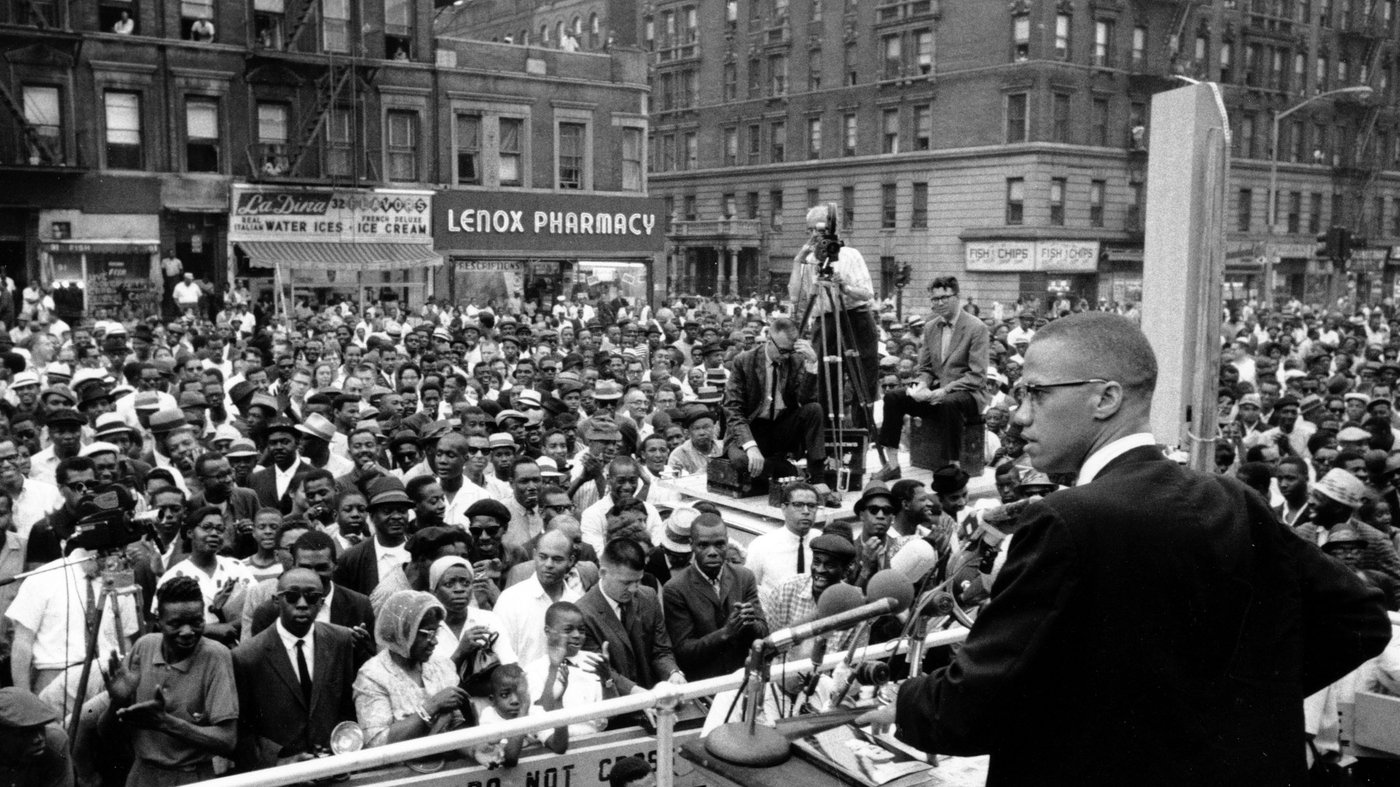Remembering Little Syria: The First Arab Americans
If you walk through Washington Street in Manhattan’s Financial District today, you would never know that once upon a time, the area was home to the first Arabic-speaking community in the United States. Once known as the “Syrian Quarter” in the late-19th century, this area became the Mother Colony from which the Arab American diaspora sprung.
It was here that the first Arab immigrants to the United States settled in the late-1800s and cultivated a vibrant cultural hub of businesses, houses of worship, and communal life, where one could imbibe the fragrances of Levantine pastries and cuisines wafting through the air as one walked its narrow streets.
It was here that Kawkab America, the first Arabic language newspaper in the US, was printed in 1892. It was here that the Linotype machine first began to use Arabic characters, revolutionizing Arabic language journalism all over the world. And it was here where Kahlil Gibran and Ameen Rihani participated in the Pen League, a collective of prominent Arab writers and intellectuals.
Today, only three buildings from the era remain, but this tour brings the stories of this neighborhood to life once more.
Before the tour, we invite you to take a digital tour of the area developed by our partners, the Washington Street Historical Society: https://alqalamjourney.org/en.
Accessibility: This tour does involve going up and down some steps on a pedestrian footbridge. For private bookings, the tour can be customized to avoid this route.
Note: For private bookings, this tour can be combined with our From Mecca to Manhattan, The Forgotten Immigrant “Lower West Side”, and Ottoman New York: An Empire in the Empire State tours.
Muslim Harlem: The Black Mecca
Harlem, the uncontested capital of Black America, has an unparalleled history that is hard to match by any neighborhood. In this tour, we focus on the Muslim side of this neighborhood history. Muslims have been central to Harlem's history and Harlem has been central to Muslim history in New York and the wider United States. From Sunni Islam to the Nation of Islam to the Five Percenters, numerous sects still thrive in this neighborhood. With new waves of West African immigration, Islam in Harlem has continued to evolve. In this tour, we will hope to get a taste of all of the above.
Harlem has been regarded as the uncontested capital of Black America for over a century. The largest neighborhood in Manhattan, one can never fully appreciate it in one tour. In this walk, we focus on just one aspect of the neighborhood: its Muslim history.
Muslims are central to Harlem's history, and Harlem is central to Muslim history in New York and the United States. From Sunni Islam to the Nation of Islam to the Five Percenters to new waves of Sufi immigrants, there are numerous sects, schools of thought, and theological interpretations that thrive in this neighborhood.
Our walk will place great emphasis on Islam in Harlem as a lived religion, which evolves and is shaped by time and social context. For many Black Americans, Islam continues to serve as a source of social camaraderie and a fuel for resistance in the face of racial oppression and injustice. We will engage with these themes to gain a deeper appreciation for religion and its intersections with urban space.
Note: For private bookings, this tour can be combined with our "Malcolm X's Harlem" tour. You may also consider purchasing this tour in a bundle with our "Muslim Bed-Stuy" tour.
Malcolm X’s Harlem: Witnessing the Autobiography
In this tour, we retrace the steps of Malcolm X through the streets of Harlem as we follow his journey from his teenage years until his death, uncovering the centrality of the neighborhood on his development. This tour is based on “The Autobiography of Malcolm X: As Told to Alex Haley.”
Easily one of the most iconic neighborhoods in the country, Harlem has remained a center of Black culture and politics from the early 20th century up until the present day. The neighborhood incubated myriad Black political movements from the Pan-Africanism of Marcus Garvey to the social gospel of Dr. Martin Luther King Jr. to the Black militancy of Malcolm X.
This particular tour focuses on Malcolm's relationship to the neighborhood. His journey to Harlem began as a young teen who stayed at the YMCA, followed by his central role as the Minister of the Nation of Islam and, eventually, the founder of his own Sunni mosque. While Malcolm traveled all over the world, Harlem was always the home base of his political organizing.
Our walk will begin with an introduction to Harlem and its history, followed by a journey where we retrace Malcolm's steps through the neighborhood from his time as a teenager all the way up until his death. Malcolm will be our “tour guide” as we work our way through Harlem’s built environment.
Things to Know:
This tour is based on “The Autobiography of Malcolm X: As Told to Alex Haley.” It is highly recommended (but not required) to read the book in advance. Bring your copy with you if you really want to enrich your experience!
There is an extended version of this tour that runs for two and a half to three hours, ending on 116th street. Ask about it if interested!



